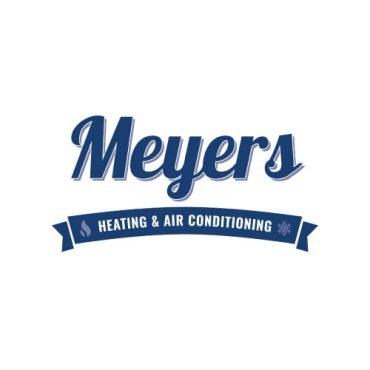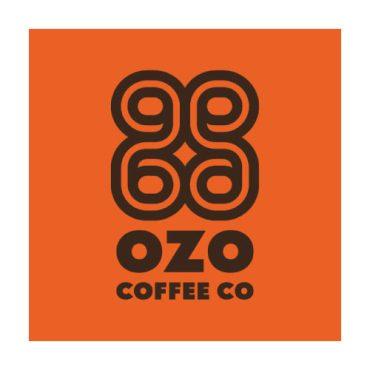KGNU is partnering with the League of Women Voters of Boulder County on a series of commentaries on our democracy. The League is supporting state ballot amendments Y and Z. Peggy Leech, the President of the League of Women Voters of Boulder County, explains the two measures.
-
 play_arrow
play_arrow
Elections 2018 – Amendments Y & Z Maeve Conran
There are 13 state issues on our ballots this year, in addition to local issues and all of the candidates and judges.
I am here today to talk about Amendments Y and Z, and the census, gerrymandering, and redistricting. Yes, all of these are related, in one way or another!
Every 10 years, our nation takes a census, which is a count of everyone living in the United States. Then, based on those population numbers, new lines are drawn for our political districts, so that we will be properly represented in Congress or in the state legislature. This process of re-drawing the maps is called redistricting. Often, during this process, “gerrymandering” occurs—this is when elected officials or political parties draw the maps to their advantage, or sometimes it occurs to limit the voices of minority communities.
Amendments Y and Z are an attempt to make the redistricting process more fair. The most common question I hear is: why are there 2 amendments? Amendment Y concerns the redistricting process for our federal congressional districts, a process currently controlled by our state legislature. Amendment Z relates to our state legislative districts, which is currently handled by a commission appointed by politicians and appointed judges.
Other than that difference, the amendments are essentially the same. They each would set up an independent commission to draw the lines. Each commission would be made up of 4 Democrats, 4 Republicans, and 4 unaffiliated voters. Colorado is currently made up of approximately 1.2 million unaffiliated voters, and about 1 million each of Republicans and Democrats. The commissioners cannot have been paid lobbyists, elected officials, or party officials during the past three years. The process of selecting commissioners tries to ensure that Colorado’s geographic and demographic diversity is represented on the commission.
Once the commissioners are selected, their work must be done in open meetings and according to open records laws. Any maps voted on by the commission must receive 8 of the 12 votes, with 2 of those votes coming from the unaffiliated commissioners. Maps are first proposed by a nonpartisan legislative staff, but anyone throughout the state can submit comments or maps to the commission for consideration.
There are various criteria specified for the map-drawing process, including equal population in each district, reasonable preservation of political subdivisions such as cities or counties, compactness, and protecting “communities of interest”. These are groups of individuals with common interests such as water, transportation, and geographic areas. These measures protect minority groups by following the Voting Rights Act, and, after all other criteria have been met, they call for competitive districts, if possible.
The commissions must hold at least three hearings in each of the 7 congressional districts before any maps are finalized, and all meetings and public comments must be shared online.
Amendments Y and Z were referred to the voters unanimously by the Colorado legislature. Since they are amendments to the Constitution, 55% of the vote is needed to pass them.
You can find more information on the elections, the candidates, and the issues by using Vote411.org, and our website, lwvbc.org.


















